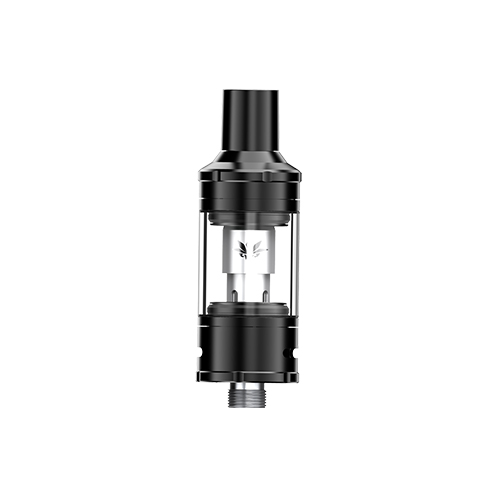In 2019, Glantz claimed(1) that “the data are catching up with public perception” that vaping presents increased risks to dual use smokers because of “an aerosol of ultrafine particles and other toxicants that carry substantial health risks”.
The now retired “relentless opponent of vaping and tobacco harm reduction” has been “tireless in his efforts to argue that vaping products are dangerous, and possibly as dangerous as cigarettes”, according to Clive Bates(2).
University of California researchers found(3) vaping in dual use users caused “adverse pulmonary and cardiovascular health symptoms/conditions” through the artful manipulation of a data set so they could say that “many smokers are adopting e-cigarettes for smoking cessation, which warrants effective strategies to help dual users wean off both cigarettes and e-cigarettes.”
The line of argument is clearly problematic; how is it possible for something that is at least 95% safer than smoking to increase risk when substituting for cigarettes?
The answer, according to a team of American researchers and FDA officials, is that it can’t. Using the same Population Assessment of Tobacco and Health (PATH) data beloved in Californian circles, the group published their findings in this month’s Nicotine & Tobacco Research(4).
Despite the claims made from the East Coast, the team says, “little is known about toxicant exposure among subsets of dual users.” From adults included in the dataset, the team took samples and then analysed them for nicotine and toxicant levels, including tobacco-specific nitrosamine, lead, cadmium, naphthalene, pyrene, acrylonitrile, acrolein and acrylamide.
Importantly, they then compared dual users on demographic, behavioural, and biomarker measures with exclusive cigarette smokers and exclusive e-cigarette users. They found, “most dual users were predominant cigarette smokers (70%), followed by daily dual users (13%), non-daily concurrent dual users (10%), and predominant vapers (7%).”
- Dual users who smoked daily showed significantly higher biomarker concentrations compared with those who did not smoke daily
- Patterns of e-cigarette use had little effect on toxicant exposure
- Dual users with high toxicant exposure were generally older, female, and smoked more cigarettes per day
- Dual users who had low levels of biomarkers of exposure were generally younger, male, and smoked non-daily
They concluded: “In 2013–2014, most dual users smoked cigarettes daily and used e-cigarettes occasionally. Cigarette smoking appears to be the primary driver of toxicant exposure among dual users, with little-to-no effect of e-cigarette use on biomarker levels. Results reinforce the need for dual users to stop smoking tobacco cigarettes to reduce toxicant exposure.”
Not only does the study show yet again that vaping is far safer than smoking but it also kills off the Californian arguments that vaping increases risks for current smokers.
News from: https://www.planetofthevapes.co.uk/news/vaping-news/2021-03-02_danger-disappears.html


















